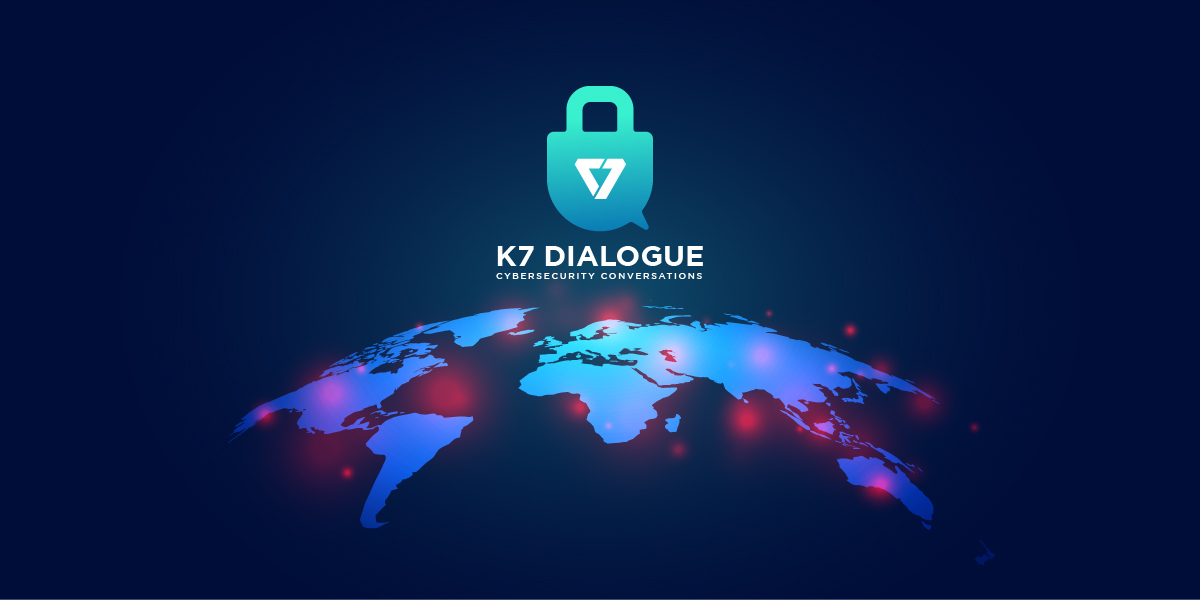We live in such a hyper-connected world today that most of us think being social online and putting our whereabouts with online buddies is necessary for our everyday lives. We share sensitive information like birthdays, nicknames, parents’ names, academic details, our personal choices on various things like sports, celebrities, music, political standpoints, etc., and a lot more that we can think of. Not to mention that such information doesn’t limit itself to text only. People share random photos and videos of their personal lives. It isn’t just about a bad hair day going viral (although, ouch). The data people share online often include private pictures and seemingly harmless family photos. Unfortunately, each of these data has a value in the cybercrime market as baits; hence, it frequently gets stolen for various malicious purposes such as altering, selling, or using to create fake accounts aimed at grooming or defrauding unsuspecting victims. Scarily, the privacy settings of such sensitive and private information don’t always guarantee to limit its visibility.
From Playful Posts to Perilous Pathways: How Our Photos Get Weaponized
For instance, posting children’s photos can put us at severe risk because these images are often used for various malicious reasons, such as:
Sexual Abuse and Exploitation: Stolen photos can be used to create child sexual abuse content (CSAM) or distributed on pedophile networks.
Digital Kidnapping: In this frightening scam, photos are used to create fake online profiles of the child. The criminal may pretend to be the parent and try to connect with other strangers, potentially for grooming or other malicious purposes.
Identity Theft: Information gleaned from social media posts, like a child’s name, birthday, and location (from geotags), can be pieced together with the photo to steal a child’s identity for opening bank accounts, for example.
Other most notorious incidents that rampantly use collected photos and information are:
Catfishing and Romance Scams: Fake profiles for such scams often steal pictures of attractive people, including those found on family pages, to lure victims into romantic relationships. The scammers build trust with the victim and exploit them emotionally and financially.
Financial Fraud: Stolen credit card information and bank details can be used to empty cards or bank accounts.
Account Takeover: Criminals can use stolen login credentials to hijack your social media accounts, email, or online banking. PIIs used for authentication, such as a mother’s maiden name or high school name and year, are primarily used as security parameters for online banking facilities.
Cyberbullying and Harassment: Personal information can be used to target individuals with online abuse and harassment.
Blackmail and Extortion: Stolen images, especially revealing photos, can be used to extort money or threaten victims. This can target anyone but can be particularly dangerous for teenagers or young adults who may be pressured into sending compromising photos that are then used against them.
Social Engineering: Cybercriminals can use details from your photos to craft personalized phishing scams. Remember the case in 2020 where hackers targeted parents by using their children’s names and school details in fake scholarship emails? Social media oversharing can provide the perfect intel for such attacks.
Targeted Scams: Have you ever noticed an alarming increase in ads for products vaguely related to a recent life event you mentioned online? This is because social media platforms often sell user data to advertisers. Cybercriminals can exploit this by targeting individuals with scams tailored to their specific vulnerabilities gleaned from online activity.
Fake News and Propaganda: Stolen images of children or families can be used to fabricate stories or manipulate public opinion on social or political issues. This can be especially damaging as images evoke strong emotional responses and spread quickly online.
However, the list is not limited to the scam types mentioned above. Myriads of scams and online crimes steal and trigger more information than we can think of.
The Dark Web: A Lurking Marketplace for Stolen Data
The dark web’s anonymity fosters a sinister marketplace for stolen social media data. Here, criminals exploit the vast amount of personal information readily available online, including photos and personal details. These stolen goods often originate from data breaches or social engineering tactics, where unsuspecting users are tricked into revealing passwords or clicking on malicious links.
Children’s photos are particularly prized by predators. They frequently use stolen photos to fuel child sexual abuse content (CSAM) or be used to create fake profiles for online predators.
Stolen family photos also hold value. In some cases, they can be used for blackmail or extortion, preying on victims’ emotional vulnerability. Furthermore, personal details gleaned from social media posts, like birthdays or locations, can be bundled with photos to create a complete identity package for fraudsters. This stolen identity can be used to open bank accounts or commit other financial crimes.
In 2020, a database containing scraped data from 235 million Instagram, TikTok, and YouTube profiles was found on the dark web. Although publicly available, this information was compiled and sold in bulk, making it easier for malicious actors to execute phishing schemes and other cybercrimes.
The dark web’s role in trading stolen photos and information from social media underscores the critical need for robust cybersecurity measures. Users must be vigilant about their online privacy settings and practices, while companies must continually enhance their security protocols to protect against such breaches. The intersection of social media and the dark web remains a battleground for privacy, with real-world consequences for millions of users.
Protecting Your Privacy: Practical Tips
Think Before You Post
Consider who might see the photo and how it could be misused before hitting “share.” Also, review and control your social media privacy settings to restrict who can see your posts and photos.
Limit What You Share
Think twice before posting any personal or family photos. If you must share, consider using privacy settings that restrict access to a select group of people.
Stay away from GeoTagging.
Disable geotagging features on your smartphone and ensure that metadata is removed from your photos before uploading them online. Tools and settings are available to help you manage this aspect of digital photography.
Respect Others’ Privacy
Always get consent before posting photos of others, especially children.
Monitor and Manage Your Online Presence
Regularly check what information about you and your family is publicly accessible. Use search engines to see what photos and personal details are available and take steps to remove or limit this data.











